Peering through the sheet separating sleeping quarters ushered me into a Laotian world.
The room, a deep crimson with flickering candlelight illuminating silhouetted images, had been arranged around the hand-crafted wood pipe beside which the Akha village chief was lying, preparing his next puff of paracetamol-laced opium. His wife, on a separate mat positioned to his right - hard on wooden floorboards, was lying expressionless, four children by her side, all covered by a blanket peppered with holes and tattered by time. Her head turned and, facing the children, she remained unresponsive to her husband’s intermittent puff of the infamous relaxation-inducing drug, a substance readily available throughout the region.
I was witnessing nightly routine in the home of an Akha family, in a remote village of Northern Laos.
To Trek, or not to Trek?
After crossing the border from Chiang Kong in Thailand to Huay Xai in Laos, I made the debated decision to venture north. The alternative? I could follow the well-travelled, popular route along the Mekong directly to Luang Prabang. There was only one obvious choice.
On the bus, I reminisced about tribes I'd seen in Africa and my mind kicked into overdrive: vivid imagery of Maasai warriors transpired, elegant long necks festooned in multiple shades of tribal vibrancy. My determination to visit an Indigenous people at least partly impervious to tourism was reignited and it confirmed my decision to continue north.
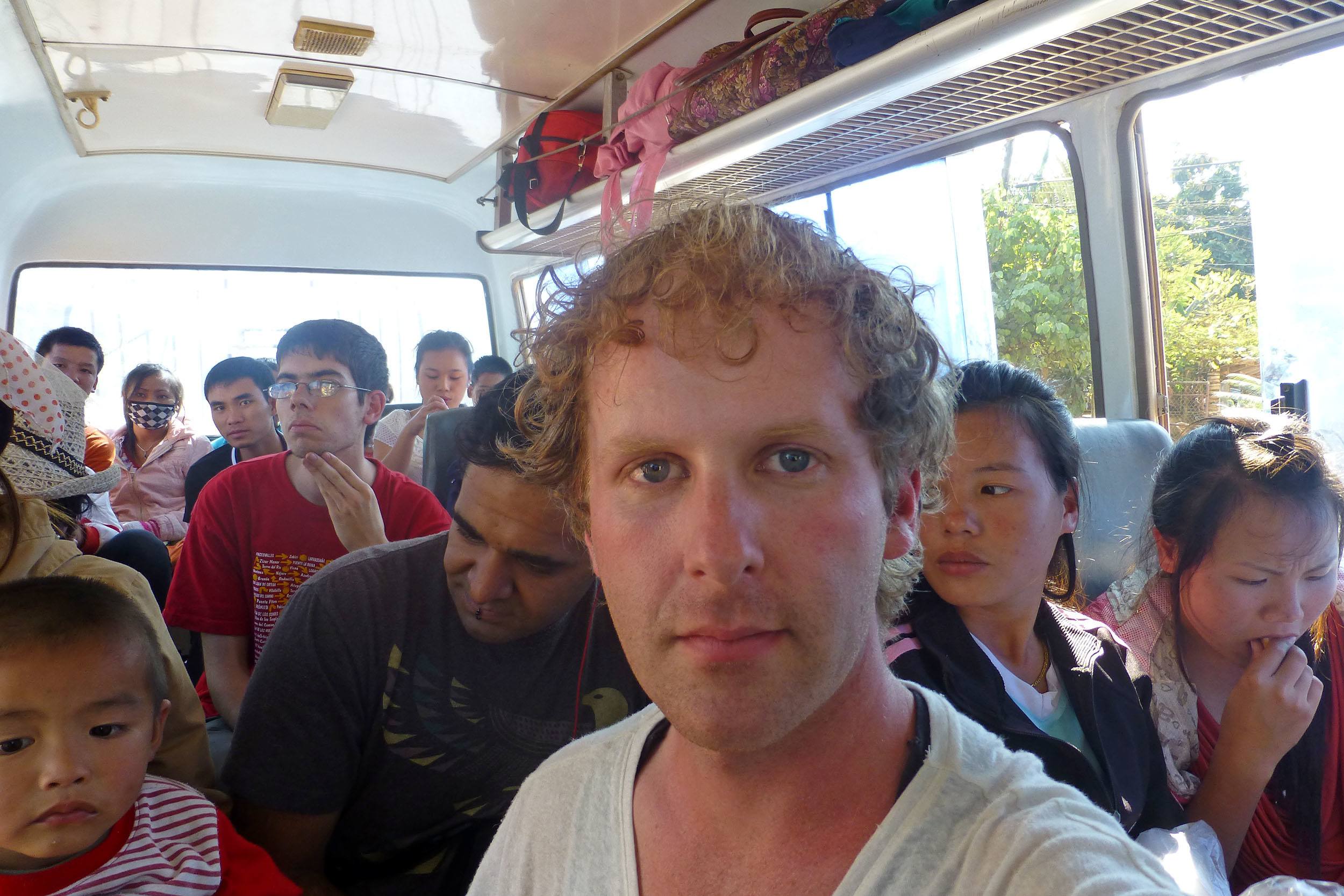
Continual daydreaming only reinforced the decision, destination: the bucolic town of Luang Namtha. While travelling north on the bus, a few like-minded travellers with equal doses of wanderlust boarded, two men in a state of indecision. Embracing my skills of persuasion, I convinced them to venture an additional 60 kilometres further north of Luang Namtha to Muang Sing, a sleepy hollow nestled close to the border between neighbouring China and Myanmar.
Muang Sing is where our adventure through the jungle of Northern Laos began.
To Trek
The following morning, after having negotiated a suitable price for the three-day trek through Nam Ha National Protected Area with Mr Mua of Tigerman Treks, our guide escorted us from the bungalow accommodation to a nearby village. The same vibrancy that had existed within my flashbacks of Africa transpired before our eyes. Akha New Year had commenced, some children filling the pothole-littered gravel roads adorned in variegated costumes of Indigenous design with hats to boot.
Festivities were commencing and we had arrived in time to see them firsthand.
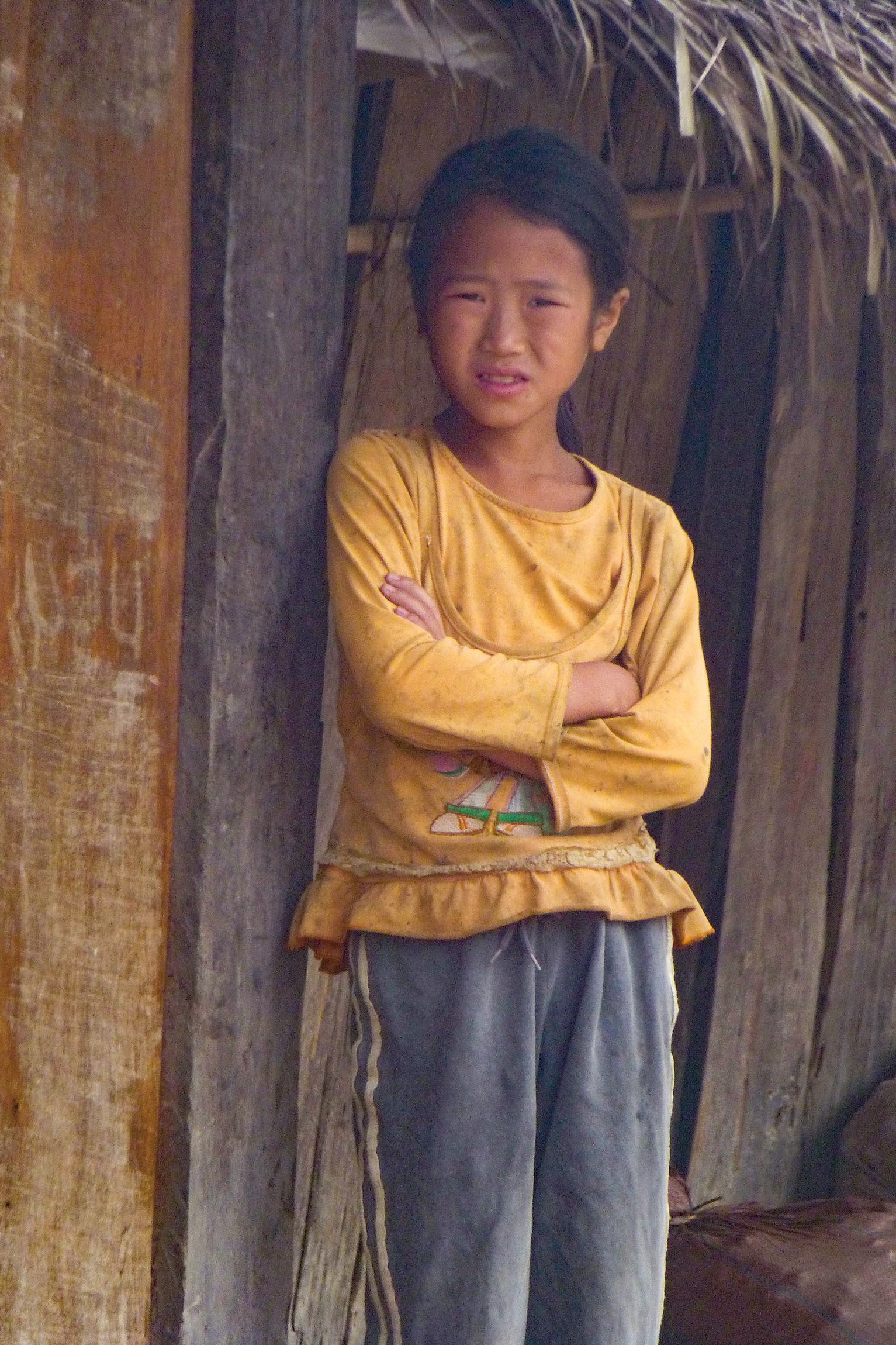

The traditional Akha New Year, or ‘Men’s New Year’, is celebrated late in December and is, in fact, the second new year celebrated throughout the year by the hill-dwelling people. The ‘Women’s New Year’ - or spring festival - is the most important annual festival and is celebrated earlier in the year.
Blankets of white snaked through the village between each wooden dwelling, creeping along the road to revive its spirit and fill it with vigour; alas, a new day was dawning. Straw-hewn roofs, untethered animals and a convivial atmosphere painted a picture of developing world living, a collective community in the grasp of a new day.
Jungle Trekking in Northern Laos: Day One
Initiation to jungle life was gradated, the Bear Grylls, George of the Jungle-cum-Rambo wannabe (machete-bearing) guide gently nudging us through shrubbery that was sprouting on fertile land with a subtle incline. The air was fresh and I was filled with anticipation.
It wasn't long before starting the trek that he laid large, freshly-plucked banana leaves on the ground on which a humble lunch of rice with an assortment of spiced vegetables was presented. It's here that I acquired a newfound appreciation of the versatility of Mother Nature and, in particular, the diverse uses of banana leaves.
It was after lunch - and a welcome kip on a large green leaf - that the gentle gradation evolved into a steep incline, my footing lost in inches of muddy terrain, a signature of my efforts left beside paw and hoof imprints of miscellaneous mountain-dwelling fauna. Descents were brief and short-lived, another slice of sky-scraping - and seemingly precipitous - mountain transpiring before my weary, salt-filled eyes.
Arriving at a section of river, rapids of silky smooth and glacial mountain water caressing moss covered rocks littered along its meandering path, I feebly queried, “We aren’t crossing this river, are we?” to which our pert guide cheerfully responded “Maan, yes Ben; of course!”
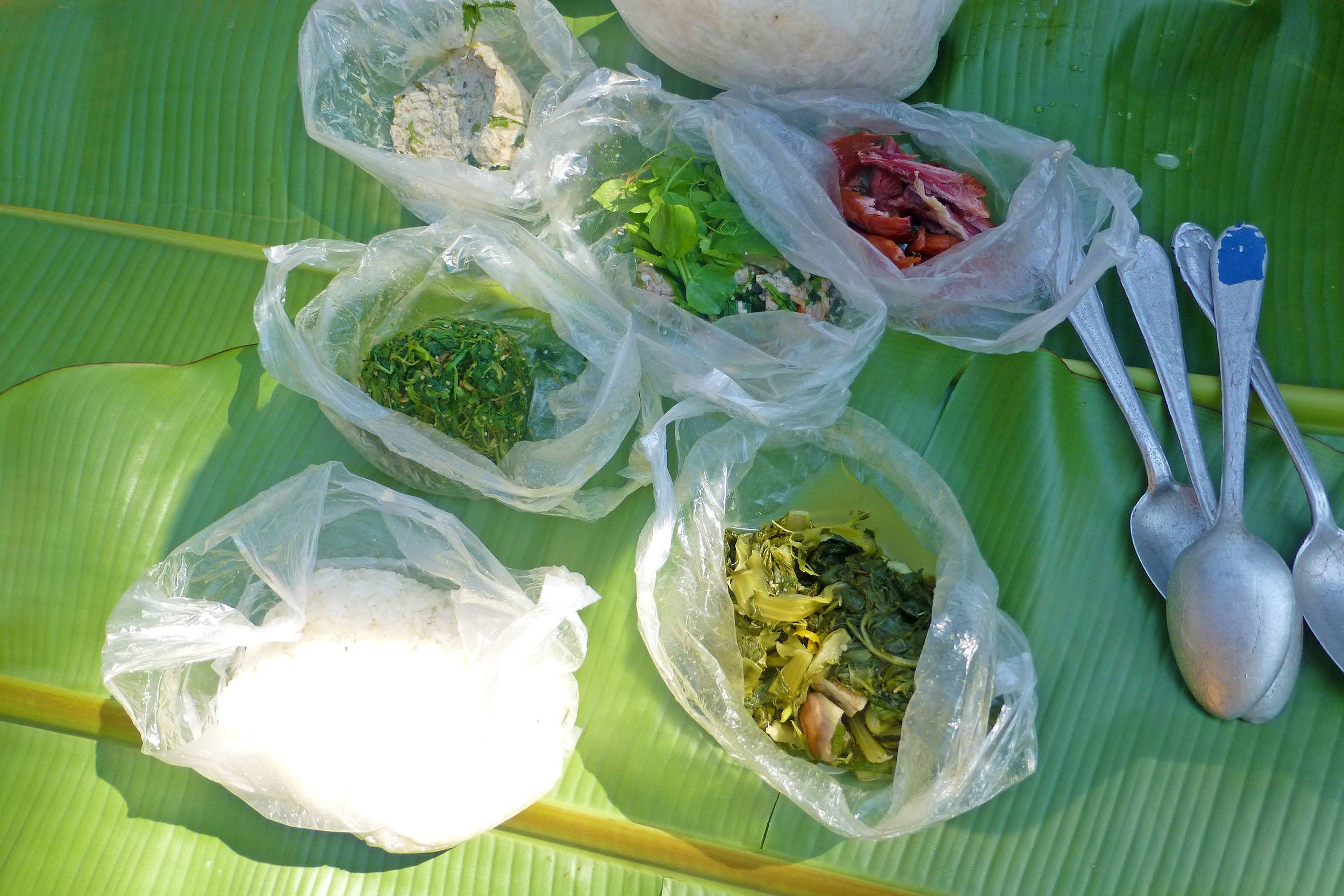
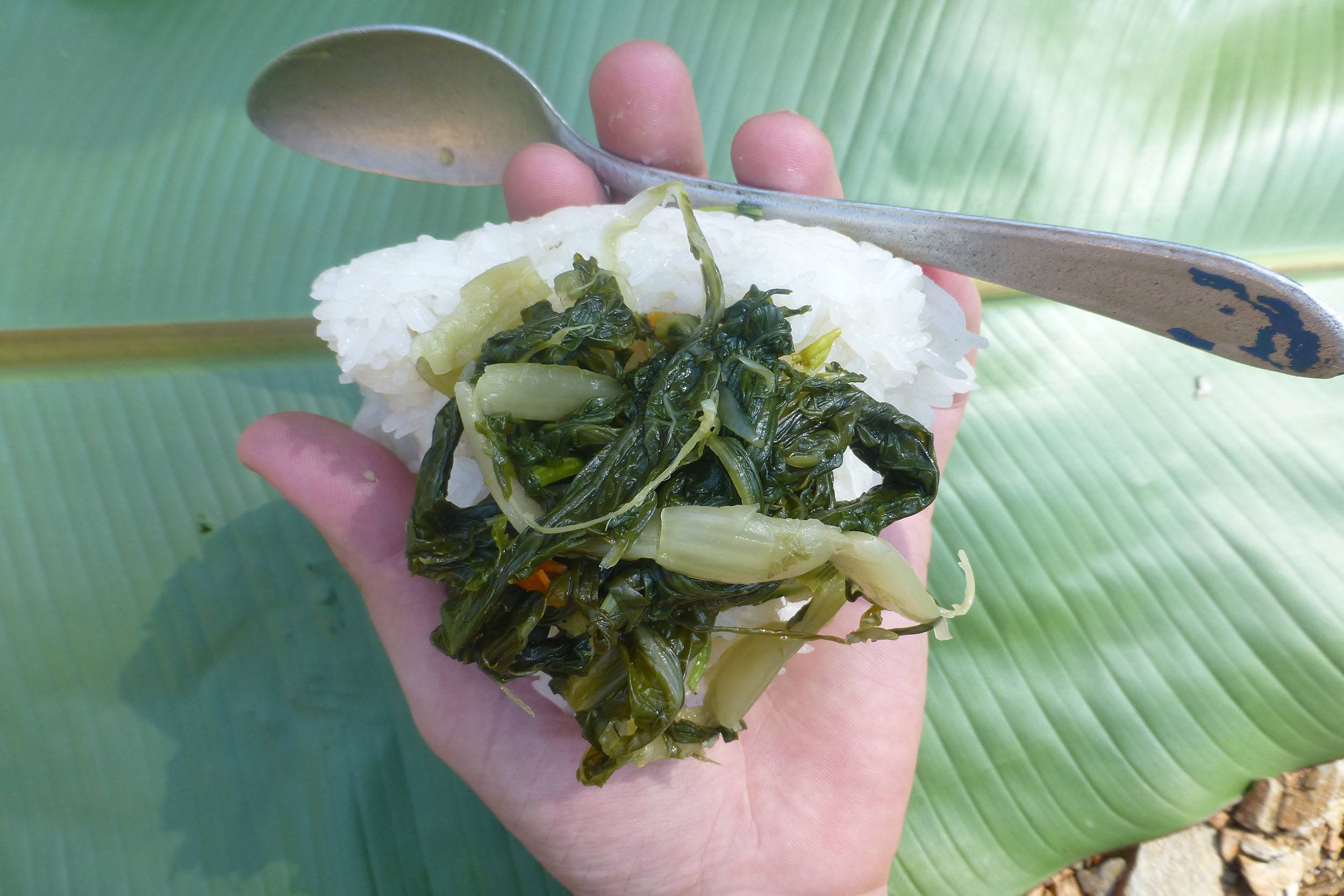
Shoes came off, trousers got rolled thigh-high and a dash of courage propelled my right foot forward. Seconds later, a patch of moss touched my right sole, the slippery jungle-flora sending my rigid frame backwards towards the icy water. By some form of a miracle, I retrieved a sense of balance and launched forward, landing with two feet on pebbles a foot ahead.
A vision transpired, my corpse and backpack being carried downstream to be retrieved by villagers somewhere along the river's banks. Common sense prevailed, a reminder from the guide that the depth of the water didn't exceed the height of my waist.
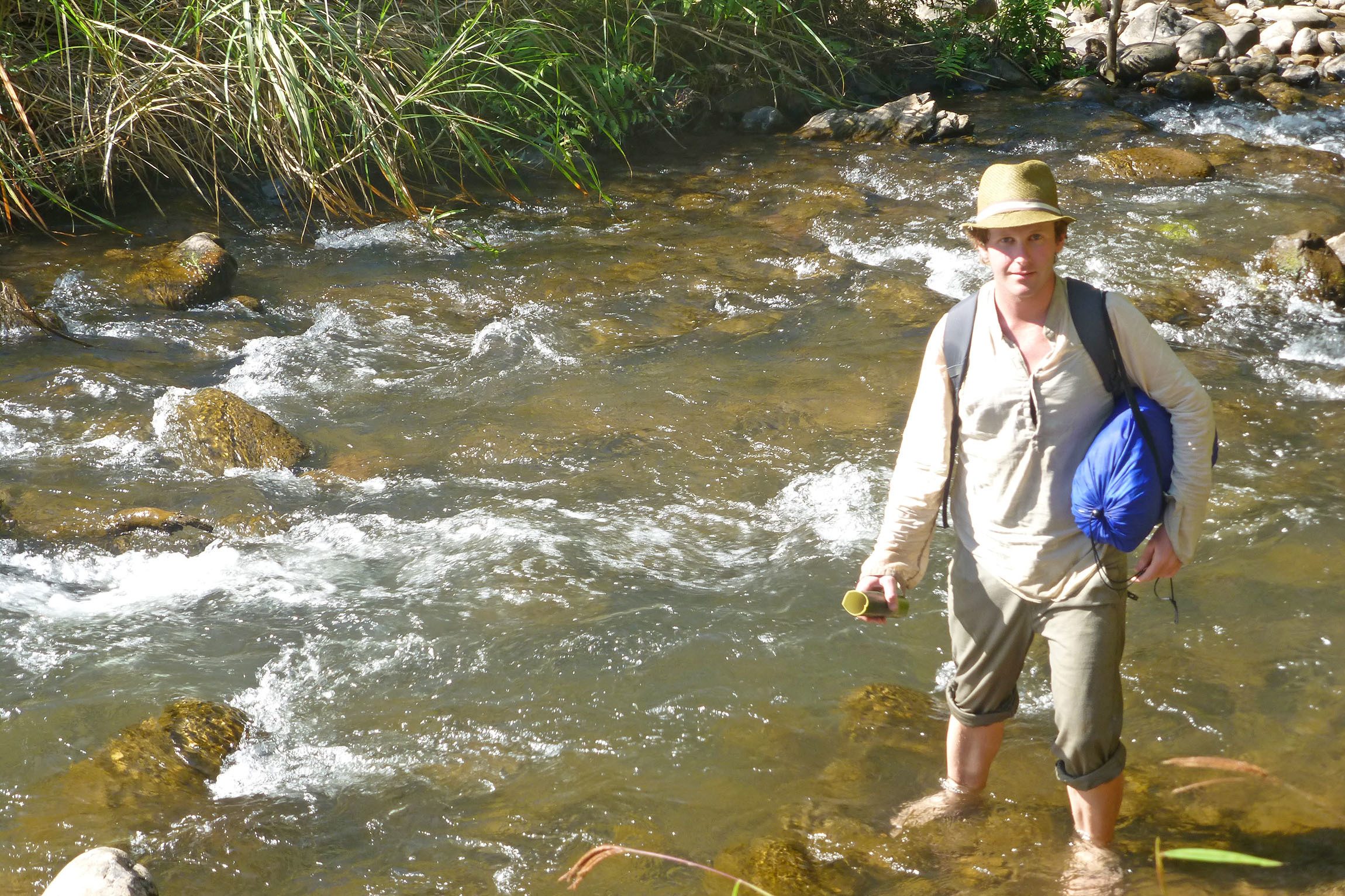
Cautiously proceeding step by tedious step, I arrived - uninjured - on the opposite bank. I sighed, exasperated at my near ill-fate, to be told by the guide that we'd be crossing the river several more times along its meandering path. I advanced warily and eventually made it to the ‘campsite’, clothes only partially soaked, mostly from the waist down.
Save this article for future reference!
Intimacy with the Laotian Jungle
Underwear in situ, a communal bathe in the river ensued, a custom I initially found unappealing but, in reality, didn't mind. Puzzled not to see tents in the collection of camping equipment, I was nonplussed when large banana leaves were laid on the stone ground, metres away from arachnids clinging to jungle flora.
As sleeping bags were unfurled, more visions invaded my brain, a collection of events involving me being mauled by wild animals, sleeping with a serpent or waking to a family of jungle spiders huddled in my curly crown of hair. Panic dissipated as I learned about the climate, the cool nights unappealing to snakes and most other animals of the region. The arachnid vision was a wait-and-see scenario.
After a dinner closely resembling lunch again served on ubiquitous banana leaves, we respectively retired to sleeping bags lain side by side, each locking his body tightly inside, protecting and warming it by means of thin woven fibres. As daylight disappeared a cloud of cold jungle air descended, closing in around us and compressing our souls, seeping through the fabric loosely covering our bodies, cooling us to the core. None of us found sleep.
Tal, my Jewish trekking partner, had fallen into the river at the final hurdle, his clothes and sleeping bag getting thoroughly saturated, unable to be dried before sunset.
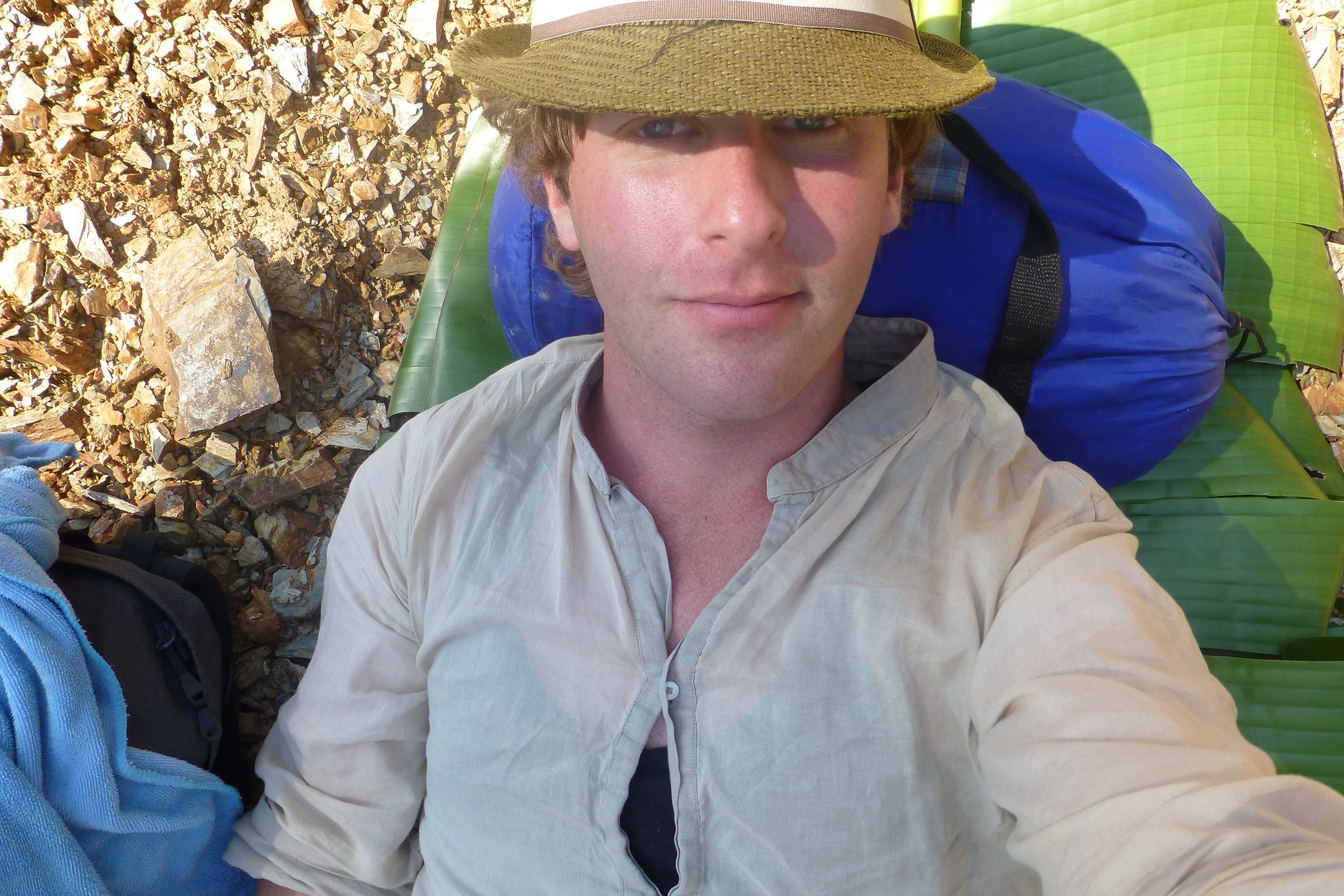
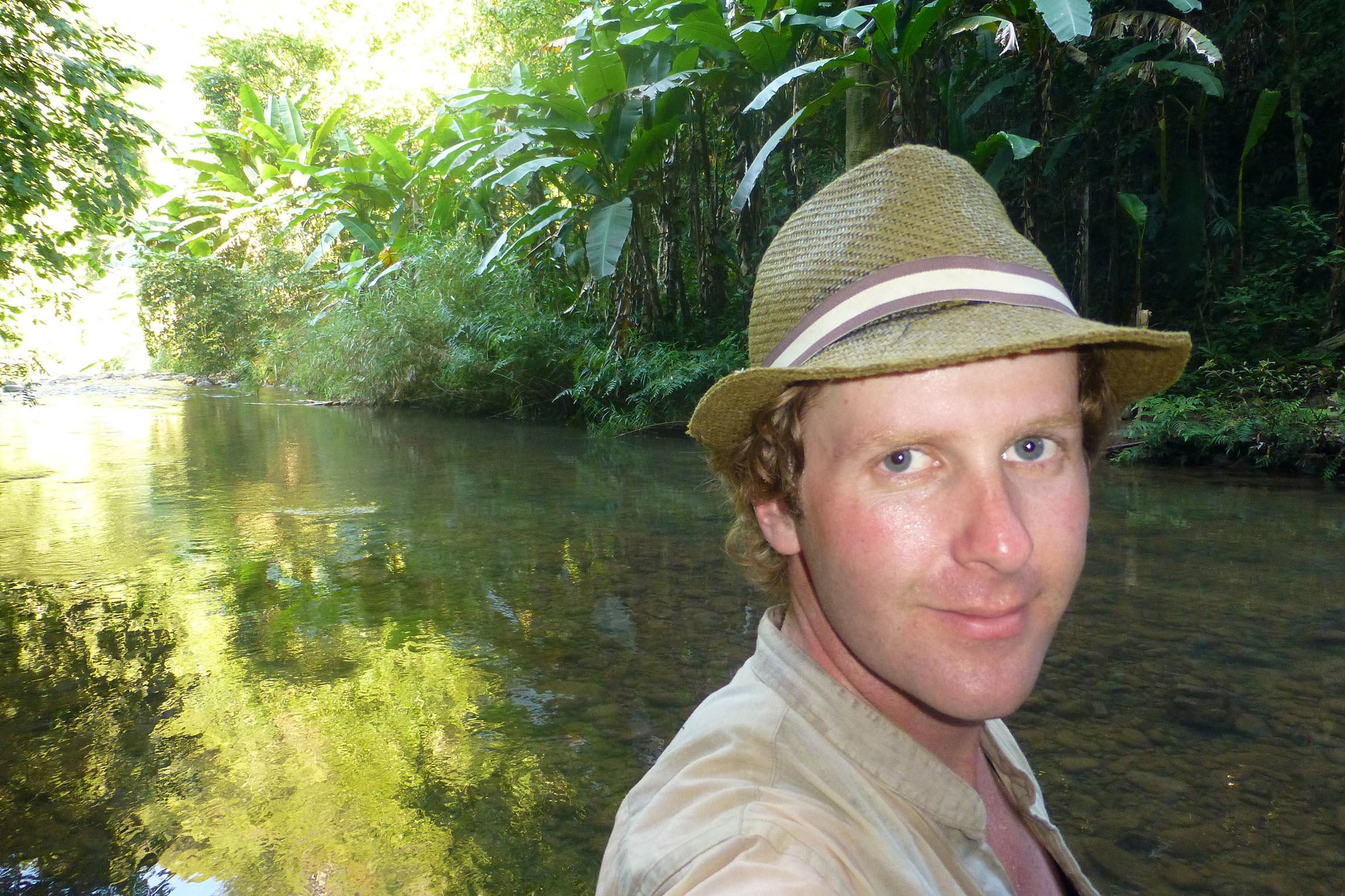
Day two was just as adventurous as day one. The rapids disappeared, though and were replaced with more precipitous treks.
While walking halfway to heaven, I realised how much I preferred crossing rapids. I missed them more so while crawling through shrubbery branches of which scratched my arms and tore my clothing, ascending terrain on trails so steep it induced episodic nausea and lifting my head momentarily only to experience vertiginous head spins.
Catching sight of mountainous silhouettes communal to Myanmar, China and Laos made the exertion of additional cardiac beats worthwhile. Even better was arriving in the village toward the end of day two. A feeling of satisfaction buzzed at my core, a mixed sense of accomplishment and joy.
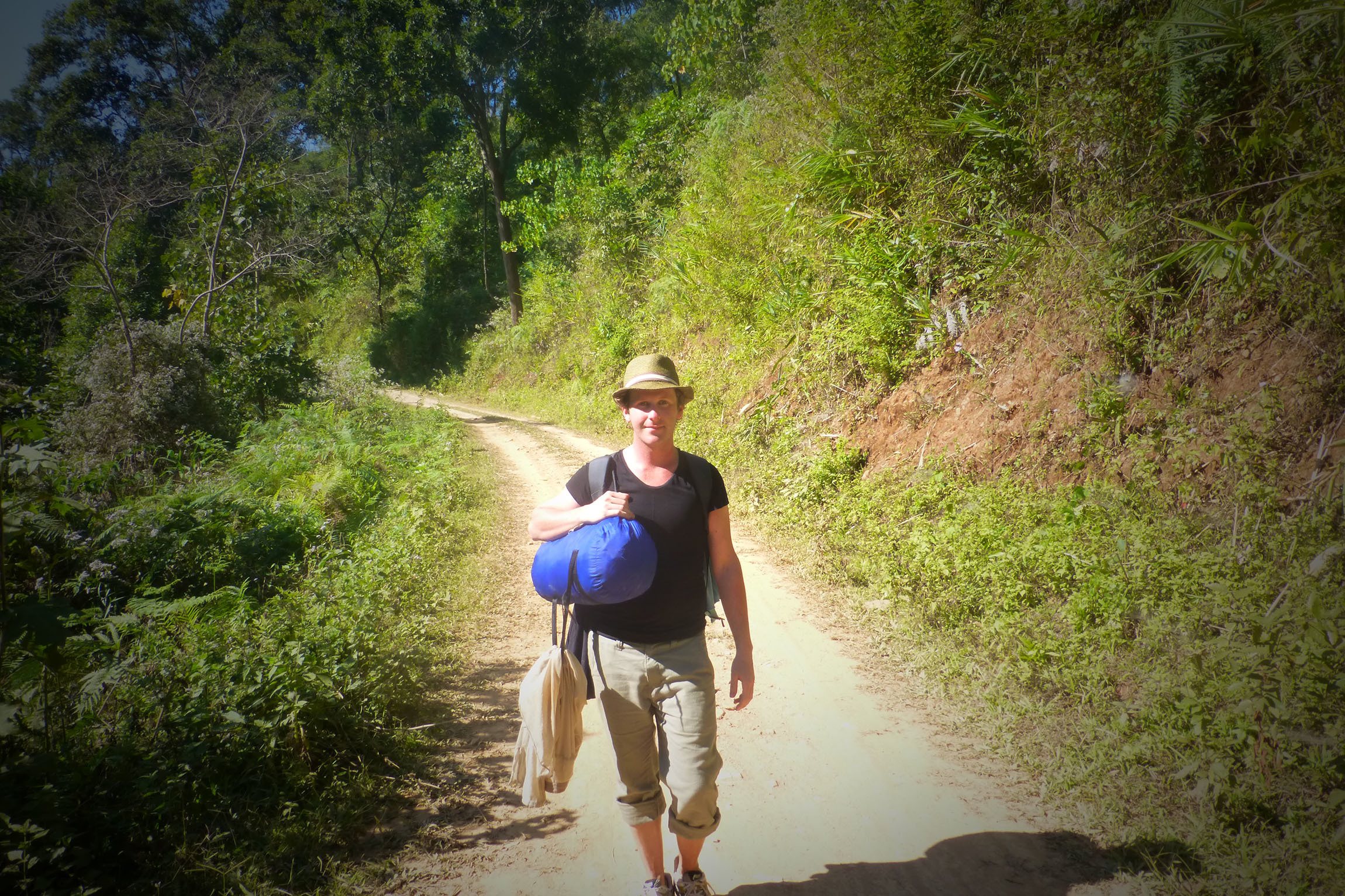
Despite the fatigue, I was awash with contentment at our collective achievement.
Staying in an Akha Village
The inimitability of Akha behaviour and daily routine observed voyeuristically through a western lens over the next 24 hours, forced a slight paradigm shift. Unaffected by ideals from outside of the village, people - adorned in rudimentary coverings - bathed collectively, shared ingredients, communally attended to work tasks and generally embodied a spirit of collectivism. Relatively unmarred by the consumerist attitudes that plague developed communities, the simple realities of day to day living were the focus of their discussions and activities.
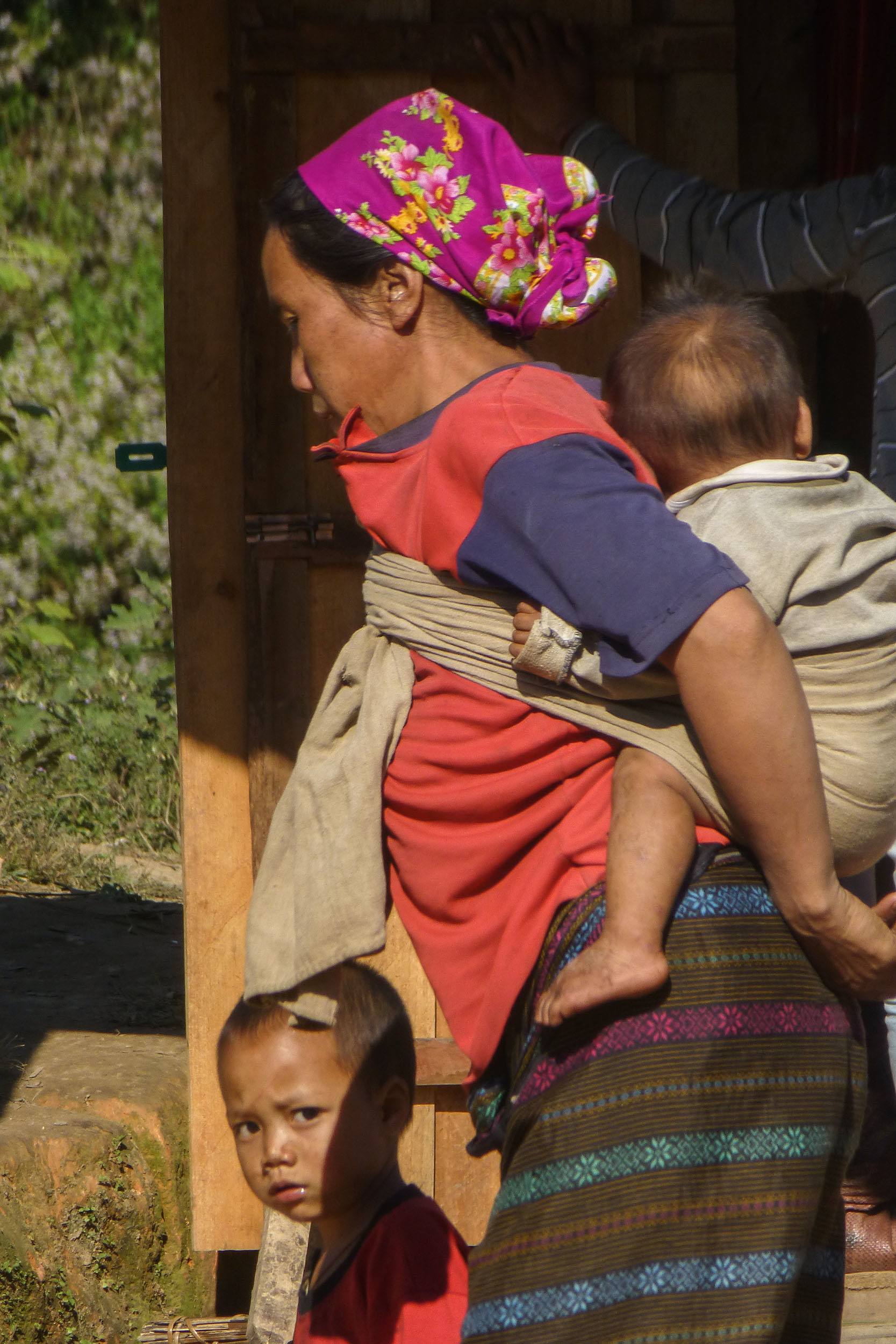
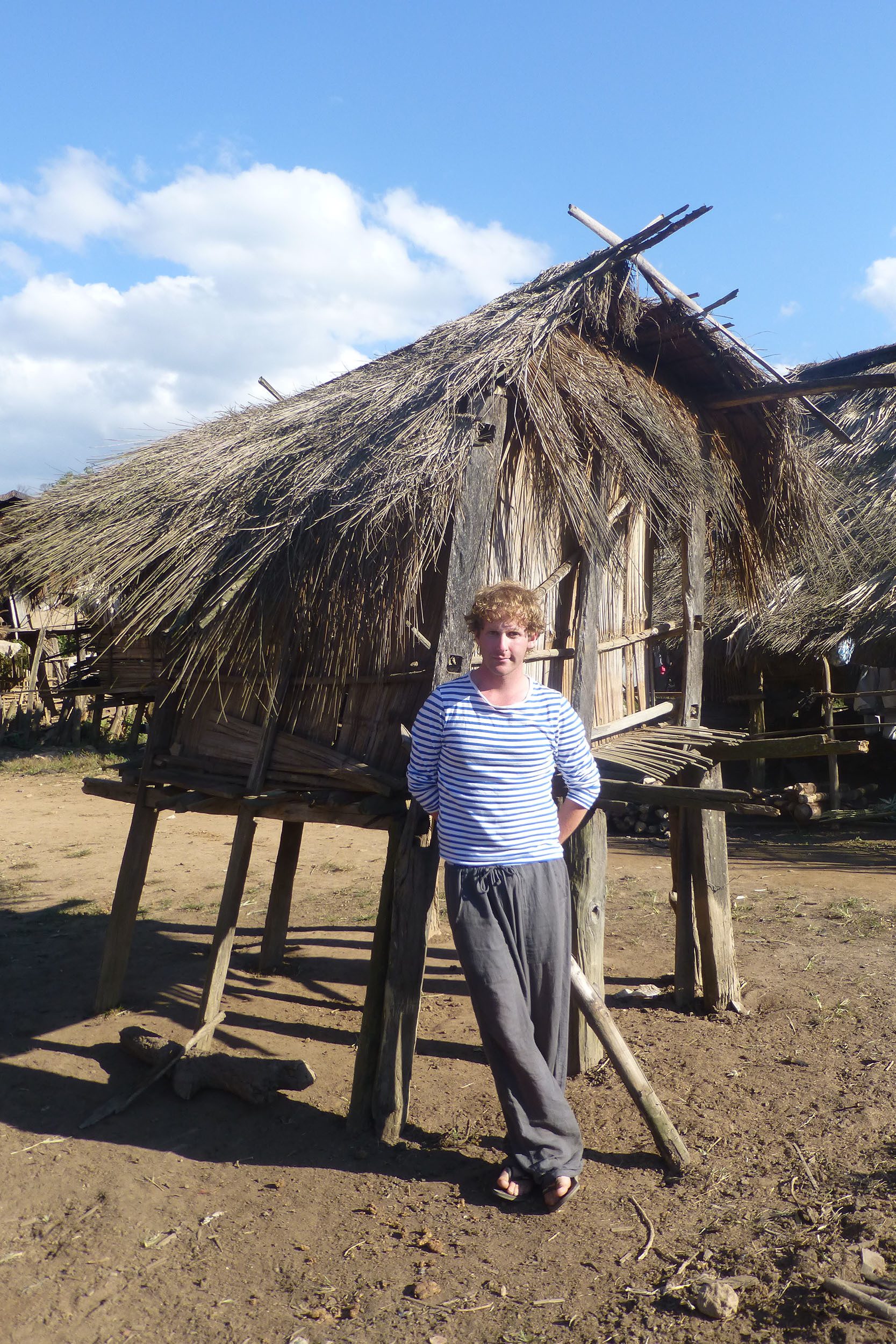
Although bathing in the nude under a village fountain among my neighbours is not an activity in which I'd voluntarily or happily engage, I appreciate its simplicity and value the sense of community it likely instils.
Although integration with the village may be challenging, a result of polar worldviews and cultural norms, staying with the Akha as an observational outsider reminded me about the importance of appreciating human relationships. Even when the odds appear grim, such as being born into a community that - in a material sense - has nothing, we have one another.
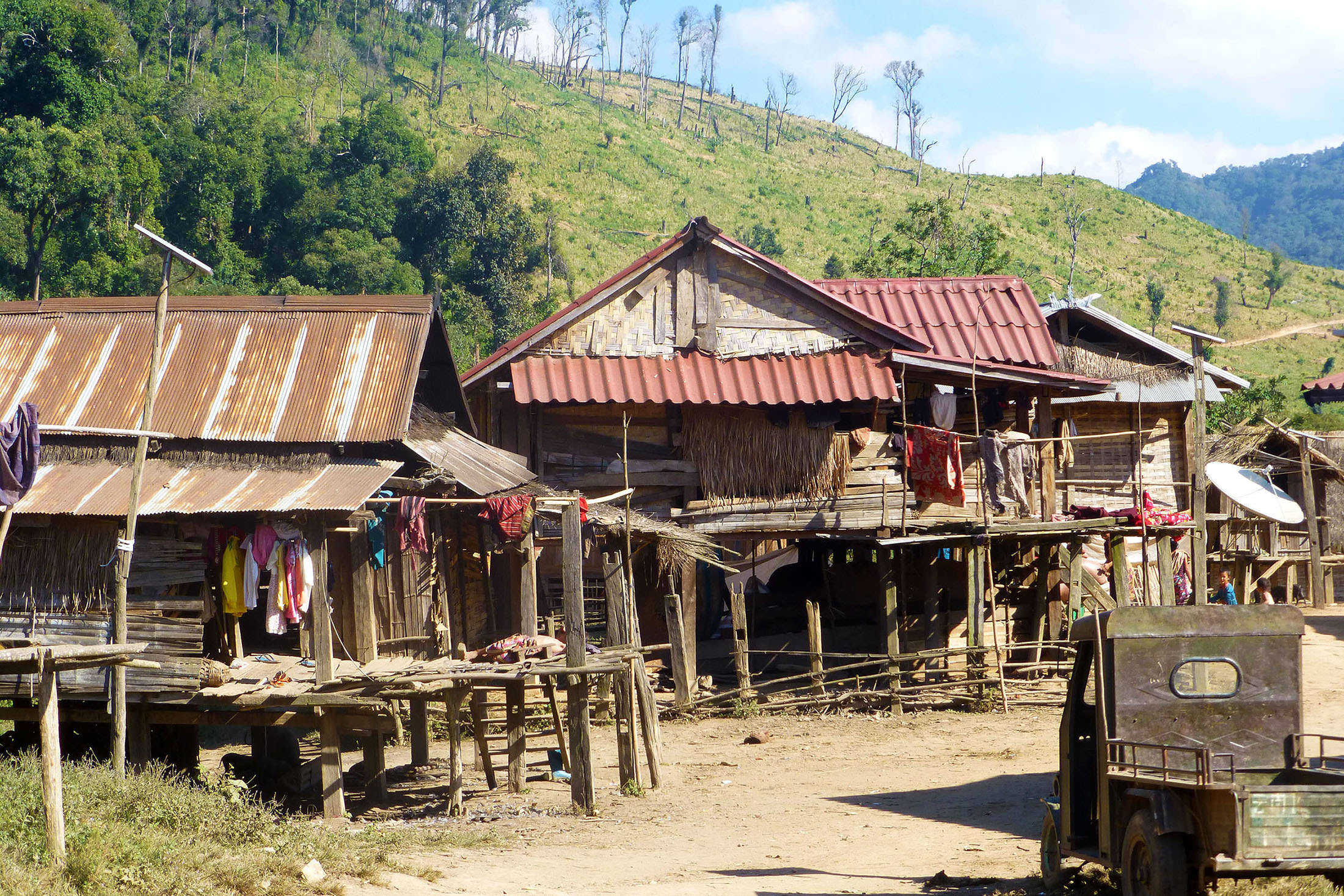
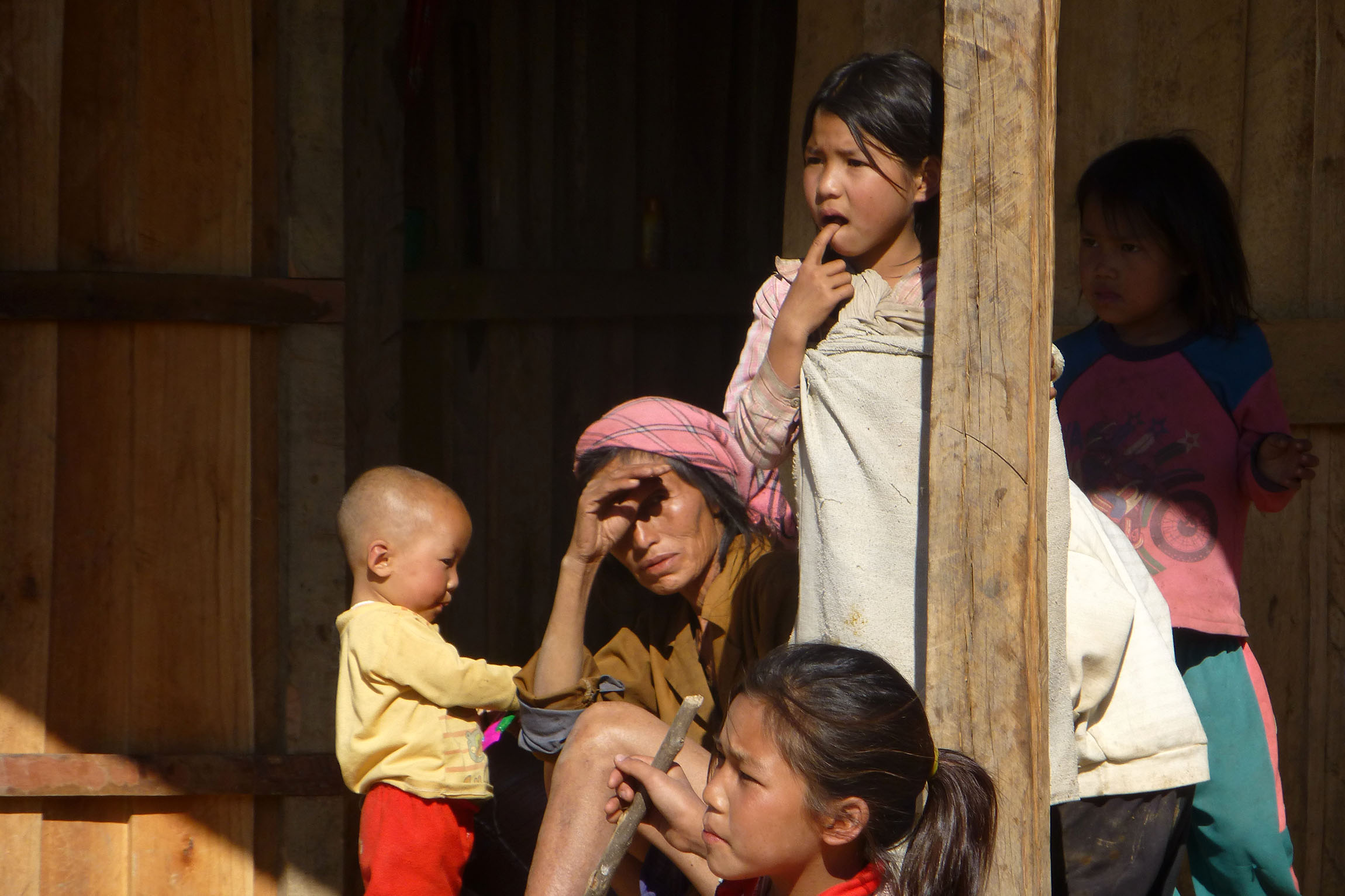
The Akha villagers I met have rich customs and traditions and, although pecuniarily poor, seemed to be content with their collective plot (and the easy-to-access opium), a simple life and home in the northernmost reaches of the Southeast Asian nation.
Should you Go Trekking in Northern Laos?
Raising a heartwarming smile from a small child, receiving the nod of an elderly Akha head elegantly adorned in traditional attire and observing the nightly beside rituals of a typical family are things you are likely to encounter by visiting Northern Laos.
Dismantle your internal barriers and permit yourself the opportunity to trek the opium trail: disappointment is not on the itinerary.
